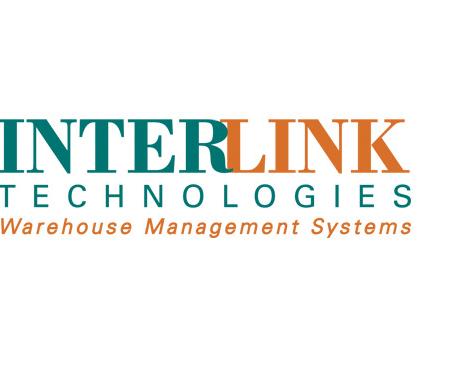WMS Blog from Interlink Technologies
Interlink and Zebra Provide M&B with WMS for Cold Warehouse
Tampa, Florida-based M&B Products (M&B) is a premier supplier of juice- and milk-related products to the foodservice industry, with customers such as schools, nursing homes, hospitals, and prisons. Founded in 1987 with one customer and one truck, it has grown into a successful business with a distribution network covering 33 states.
Why Real-Time Information Is Critical in the Warehouse
The extent to which real-time information has come to dominate behavior is evident by the number of people focused on mobile devices in any public space. The need to know—now—has become pervasive, and is a natural outcome of the increasing digitization of the world, from home to the workplace and beyond. In business, the use of real-time data is no longer the sole purview of companies on the leading edge of operations; according to Gartner, its role in supporting decision-making has made it "the new norm."
Linking the Warehouse with IT
There can be a huge disconnect between the IT department and the warehouse when they try to accomplish common goals of improving efficiency and accessing information. It’s not that one is right and one is wrong, it’s that they look at the same function or goal in two very different perspectives. So how do you LINK the two worlds?
Interlink WMS and Zebra Solution for Tuesday Morning
![]() Dallas, Texas-based Tuesday Morning is one of the nation’s most successful close-out retailers. Now in its fifth decade of operation, Tuesday Morning has more than 800 stores across the United States that specialize in deeply discounted upscale home furnishings, housewares, gifts, and related items. The company’s distribution center encompasses more than a million square feet, 45 shipping docks, 300 storage trailers, and 400 carrier haulers. Operations are spread over four warehouse locations, with more than 100,000 new SKUs annually.
Dallas, Texas-based Tuesday Morning is one of the nation’s most successful close-out retailers. Now in its fifth decade of operation, Tuesday Morning has more than 800 stores across the United States that specialize in deeply discounted upscale home furnishings, housewares, gifts, and related items. The company’s distribution center encompasses more than a million square feet, 45 shipping docks, 300 storage trailers, and 400 carrier haulers. Operations are spread over four warehouse locations, with more than 100,000 new SKUs annually.
As the company expanded rapidly, the business became increasingly complex and stressed the internally-developed, paper-driven warehouse management system (WMS) that used spreadsheets to manage all warehouse activities. As growth continued, the company experienced data entry delays, lost paperwork, and misplaced product that resulted in processing delays.
Interlink WMS and Zebra Mobile Computers Help Manage Growth
Toledo, Ohio-based Impact Products (Impact), a leading manufacturer and supplier of non-chemical commercial cleaning, maintenance, and safety products, encountered a challenge that many organizations face: transitioning from paper-based to automated digital systems to manage their distribution environment and ongoing growth. Impact’s legacy paper-based system did not support real-time warehouse transactions, which meant that operations were labor intensive, error prone, and ultimately a barrier to growth. Having grown significantly and consistently over time, the company had expanded its original facility by adding two more to accommodate this progress, but did not want to move the business to facilitate further growth. Instead, by employing a warehouse management system (WMS), they expanded operations into multiple shifts, as well as improved and automated warehouse processes.
Cosmetics Manufacturer Finds Interlink WMS and Zebra Printers a Beautiful Combination
A California-based cosmetics manufacturer and distributor has leveraged the functionality of Interlink Technologies’Warehouse-LINK®to empower its warehouse with sophisticated software to drive operations and track inventory. With real-time information, the company’s warehouse managers and decision-makers are able to access detailed audit trails, incorporate space-saving methods, monitor and improve production and labor requirements, and implement automatic cycle counts—all with the flexibility to change business rules easily as the company grows and evolves.








